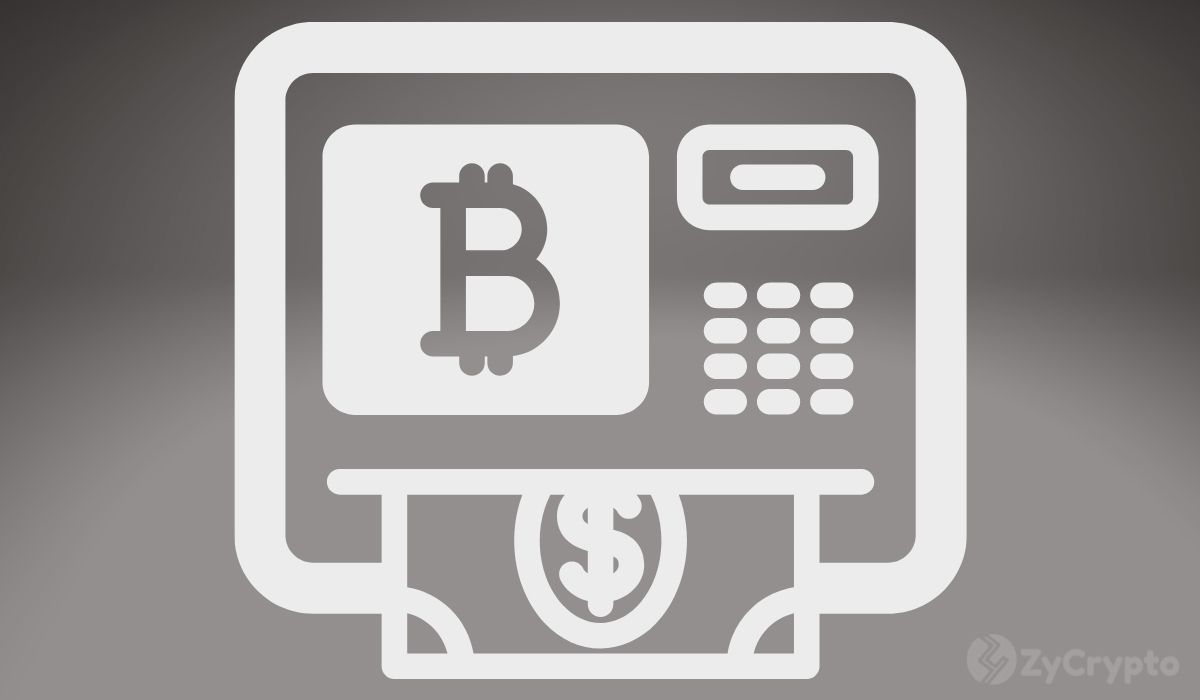ARTICLE AD BOX

The post Mind Over Market: Conquering Emotional Bias in Crypto Trading appeared first on Coinpedia Fintech News
For a cryptocurrency trader, navigating the volatile markets successfully hinges not just on technical analysis or market knowledge, but also on understanding the nuances of trading psychology. A critical aspect of this is recognising and mitigating biases. Bias, whether cognitive or emotional, profoundly influences decision-making. Emotional bias, in particular, warrants closer examination due to its pervasive impact on trading outcomes. It can clue judgement and lead to impulsive actions, often resulting in losses. Understanding its psychological underpinnings is essential for traders seeking consistent profitability. In this article, we delve into the concept of emotional bias, exploring its manifestations, effects, and strategies for effectively managing it within the context of crypto trading. Let’s explore!
1. Bias: What Is It
Let’s start this discussion, addressing the root concept directly.
What is ‘Bias’? In simple terms, bias means seeing things in a certain way, often because of ideas you already have. It is like having a favourite colour that makes you ignore other colours. This can make it hard to make fair decisions because you are not looking at everything.
In crypto trading, bias might make you think a certain coin is healthy, even when it is not.
Being aware of bias helps you see things more clearly and make better choices.
1.1. Types of Bias Explained Briefly
As mentioned in the intro, there are two main types of bias: cognitive and emotional.
Cognitive bias refers to errors in thinking that affects judgement and decision-making, such as confirmation bias or anchoring bias.
Emotional bias, on the other hand, is influenced by emotions like fear or greed, leading to irrational decisions.
Let’s delve deep into the topic of emotional bias.
2. Emotional Bias: A Detailed Definition
Emotional bias occurs when your feelings influence your decisions without you realising it. It is akin to having a blind spot in your thinking that is driven by irrational emotions.
For instance, fear might make you avoid trades, while greed might push you into risky ones. These emotions can cloud your judgement, leading to choices that harm your finances. Being aware of emotional bias helps you pause, think clearly, and make better decisions, especially in fields like crypto trading where emotions can easily sway your actions.
3. Common Emotional Bias Influencing Crypto Traders
Recency bias, fear-based bias, headsight bias, news-based bias, and overconfidence bias are the most common emotional biases affecting cryptocurrency traders.
- Recency Bias
Recency bias means giving too much weight to recent events or information when making decisions. For example, if you have had success in your last trade, you might rush into more trades without considering other factors. This bias makes you focus only on what is happening now, ignoring past trends or data that could be important. It can lead to risky decisions in crypto trading, where understanding the bigger picture is crucial for success.
- Fear-based Bias
Fear-based bias happens when fear affects trading decisions too much. A bit of fear can be good because it makes us careful and think before acting. But sometimes, fear makes us doubt ourselves and avoid good trading chances because we are scared of taking risks.
- Hindsight Bias
Hindsight bias is when we look back on past events and think we knew what would happen all along, even if we didn’t. It is like saying “I knew it!” after something happens, but not really predicting it beforehand. This bias tricks us into thinking we are better at predicting the future than we actually are.
- News-based
News-based bias occurs when crypto traders rely heavily on news events to guide their trading decisions. While staying informed about economic data and global events is essential, becoming overly fixed on news can lead to missed opportunities. Traders may prioritise news reports over analysing price movements, potentially overlooking profitable trades.
- Overconfidence Bias
Overconfidence bias happens when crypto traders, whether experienced or novice, become too sure of themselves and their strategies. Experienced traders may rely on past successes, while beginners might feel overly confident after initial wins. While confidence is good, too much is risky, as it can lead to ignoring potential dangers and making reckless choices.
Also Check Out : The Psychology Behind Crypto Trading: An Simple Introduction
4. Best Strategies to Avoid Emotional Bias in Crypto Trading
Here are the five best strategies to avoid the five prime emotional biases affecting crypto traders.
- Awareness and Analysis
To mitigate recency bias, cryptocurrency traders should cultivate awareness of their tendency to prioritise recent events over historical data. By analysing past trends and considering a longer timeframe, traders can make decisions based on a broader understanding of market movements. This approach allows for more informed decision-making, reducing the risk of being swayed solely by the latest developments and ensuring a more balanced perspective on market dynamics.
- Risk Management
Fear-based bias can be countered through effective risk management strategies. Traders should implement measures such as setting stop-loss orders and defining risk levels before entering trades. By doing so, they can limit potential losses and maintain a rational approach to decision-making, even amidst market volatility. This proactive approach helps traders navigate uncertainties with greater confidence.
- Objectivity and Reflection
To address hindsight bias, crypto traders should prioritise objectivity and reflection in their trading practices. Keeping a trading journal to record initial thoughts and decisions without the influence of hindsight is crucial. Regularly reviewing past trades allows traders to identify patterns and areas of improvement, focusing on the decision-making process rather than just outcomes. This fosters a more introspective approach to trading, enabling continuous learning and growth in the face of past success or failures.
- Information Balance
Cryptocurrency traders can mitigate news-based bias by maintaining a balanced approach to information consumption. While staying informed about news events is important, it should supplement rather than dictate trading decisions. By prioritising understanding market trends and price movements, crypto traders can make decisions grounded in data-driven analysis.
- Humility and Discipline
Overconfidence bias can be addressed through humility and discipline in crypto trading. Crypto traders should recognise the inherent unpredictability of the market and avoid overestimating their abilities. Maintaining a humble attitude allows traders to stay open to learning and adapting their strategies. Seeking feedback from peers and remaining disciplined in their approach helps prevent impulsive decisions driven by overconfidence. By cultivating humility and discipline, traders can maintain a balanced mindset.
Endnote
Emotional bias significantly influences cryptocurrency trading outcomes, emphasising the need for crypto traders to cultivate self-awareness and employ effective mitigation strategies. By understanding the manifestations and effects of emotional biases such as recency bias, fear-based bias, hindsight bias, news-based bias, and overconfidence bias, cryptocurrency traders can navigate volatile markets with greater clarity and discipline. Implementing strategies like awareness and analysis, risk management, objectivity and reflection, information balance and humility and discipline can empower traders to make more rational decisions and enhance long-term profitability in the dynamic landscape of crypto trading.
.png)
 1 year ago
15
1 year ago
15








 English (US)
English (US)